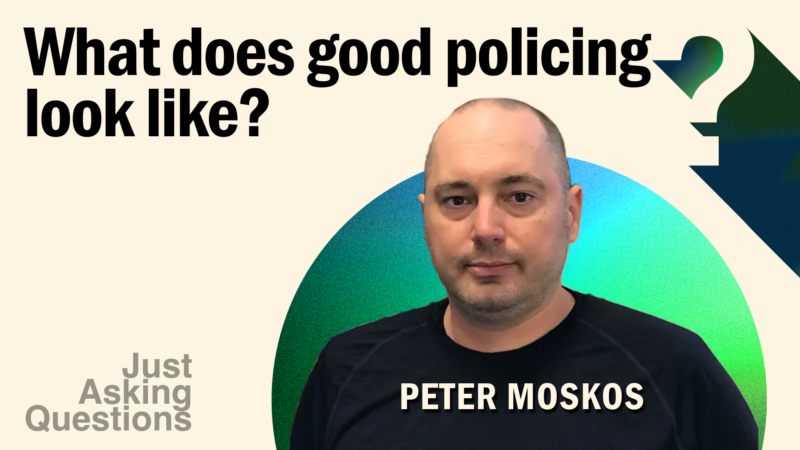
Are American cities crime-ridden hellscapes right now? Have cities rebounded from pandemic-era homicide spikes? Why do subway shootings in New York and carjackings in D.C. keep making the news?
"I think a lot of this has to be disaggregated: There is a public order problem, and there is a violent crime problem, and they're not necessarily the same problem," Peter Moskos, a professor at John Jay College of Criminal Justice in New York City and former Baltimore cop, tells Reason's Zach Weissmueller and Liz Wolfe on the latest episode of Just Asking Questions.
They discussed the pros and cons of broken-windows policing, how "soft-on-crime" district attorneys affect the cities they're tasked with keeping safe, and whether New York City should become more like Singapore by cracking down on petty crimes.
Watch the full conversation on Reason's YouTube channel or on the Just Asking Questions podcast feed on Apple, Spotify, or your preferred podcatcher.
Sources referenced in this conversation:
- "More Americans See U.S. Crime Problem as Serious," by Jeffrey F. Jones in Gallup
- Crime Data Explorer
- "Crime Trends in U.S. Cities: Mid-Year 2023 Update," by the Council on Criminal Justice, which tracks rates of homicide and other major crimes in 37 select cities.
- New York City's Metropolitan Transportation Authority's December 2023 crime report
-
"National Guard and State Police Will Patrol the Subways and Check Bags," by Maria Cramer and in The New York Times
-
The Reason Foundation's study on Ferguson, by Vittorio Nastasi and Caroline Greer
- "The correlation between more police enforcement and fewer shooting incidents in NYC," by Peter Moskos
- Fifty years of officer-involved shooting data, compiled by Peter Moskos
The post Peter Moskos: What Does Good Policing Look Like? appeared first on Reason.com.







